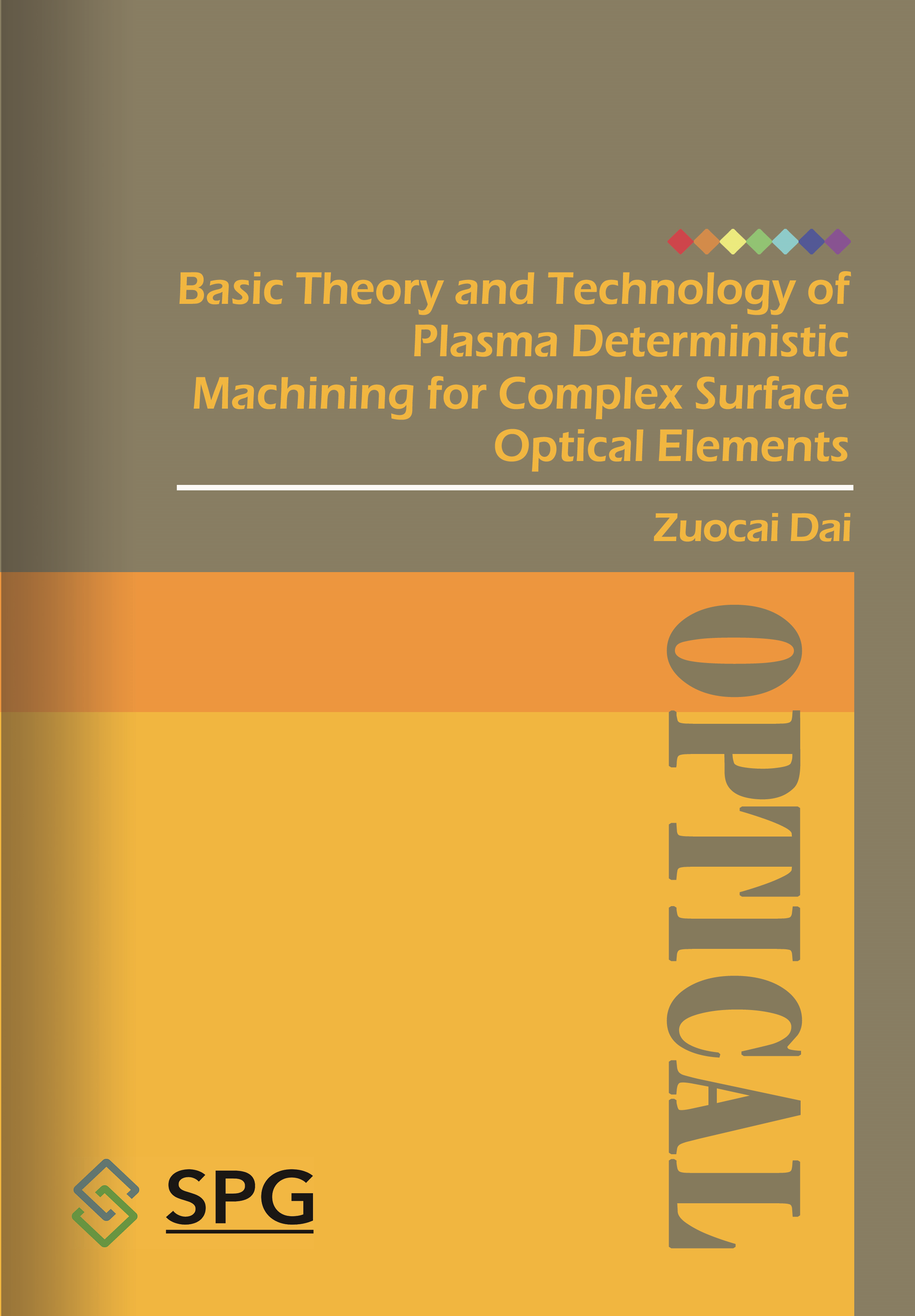
Basic Theory and Technology of Plasma Deterministic Machining for Complex Surface Optical Elements
Published Date: January 31th 2024
Page Length: 908
Language: English
ISBN: 978-1-80053-782-8
Price: £91.00
Introduction
This book mainly introduces the basic theory and technology of plasma deterministic machining for complex surface shaped optical components. By conducting comprehensive and in-depth research on the processing of complex optical components, the aim is to provide theoretical and technical guidance for researchers and engineers in related fields. In this rapidly developing technological era, optical components, as important optical devices, play an indispensable role in modern science, industry, and military fields. However, the processing of complex optical components poses certain challenges, requiring high-precision and high-efficiency processing techniques to meet the constantly improving demands.
The main content of this book is divided into seven parts: the first part is the introduction, which introduces the background and significance of this study. The second part explores the analysis of processing and testing techniques for complex surface shaped optical components. Provide a detailed introduction to the technical principles and application cases of laser precision machining technology, magneto rheological machining technology, compensation machining technology for free form surface optical components, and multi face community optical component shape and position reference detection technology. The third part focuses on the interface processing technology of plasma materials. By studying the mechanism and laws of atmospheric plasma generation, as well as the jet diagnostic technology for optical processing of atmospheric plasma, this paper explores key issues such as material removal stability and residence time algorithm in atmospheric plasma processing. The fourth part focuses on the study of the efficient removal of deterministic theory for inductively coupled atmospheric plasma melting of quartz materials. Deeply explore the theoretical and practical research on the removal mechanism, local thermal effects, and global thermal effects of inductively coupled atmospheric plasma melting of quartz materials. The fifth part introduces the plasma precise shaping technology for complex surface shaped fused quartz optical components. We have studied key issues such as the thermal effects of inductively coupled plasma large-diameter fused quartz mirror processing, oblique incidence fused quartz surface processing technology, nonlinear residence time compensation, and damage evolution of etched and ground fused quartz surfaces. The sixth part is dedicated to the study of the theory of high-efficiency machining of plasma semiconductor silicon carbide surfaces, exploring the material removal mechanism of high-efficiency machining of plasma silicon carbide materials and the deterministic process of material removal in curved surface machining. The final chapter is a summary of the entire book and an outlook on the future development direction of plasma deterministic machining of complex surface shaped optical components. Not only is plasma processing technology for complex optical components summarized, but its potential and challenges in practical applications are also explored.